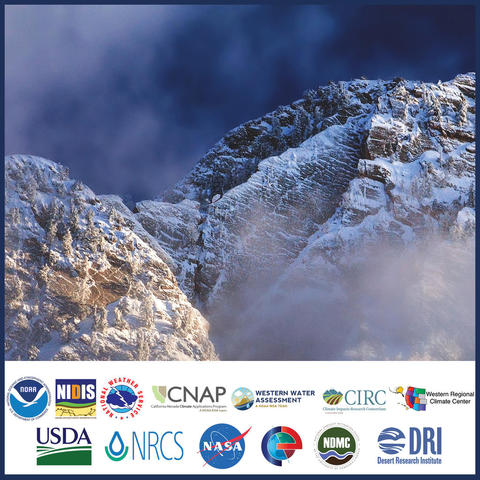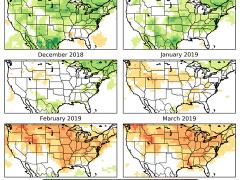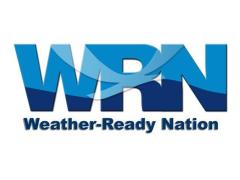Snow Drought Page Live for 2018-2019 Season
 The 2018-2019 water year is now underway, and with all eyes on the developing El Niño, there are many people wondering whether this winter will be any better than last year - particularly for snowpack in the West.
The 2018-2019 water year is now underway, and with all eyes on the developing El Niño, there are many people wondering whether this winter will be any better than last year - particularly for snowpack in the West.
Last winter was marked by below-average precipitation and above-average temperatures through the first several months in many places across the country - with relief not arriving until March. Concerns about snow drought and the trickle-down effects of a low snowpack year prompted a team of partners to assemble a collection of snow monitoring and forecasting tools on drought.gov.
As of November 15, 2018, the snow drought page is live for the 2018-2019 winter season. Regular updates will be posted every month in November and December, and every two weeks through spring and early summer. The snow drought page features an overview of current conditions across the country as well as a number of snow drought monitoring tools that can help decision makers and resource managers monitor, plan for, and cope with snow drought and its impacts.
From this page, users can access snow water equivalent (SWE), snow course, and Snow Telemetry (SNOTEL) data from the US Department of Agriculture (USDA)’s National Resources Conservation Service (NRCS), and stream temperature data, as well as snow probability, freezing level, and streamflow forecasts.
SNODAS (SNOw Data Assimilation System) data processed and displayed via Climate Engine is also available on the page, showing near-real-time snowpack information, including SWE and snow depth, for the Continental US (CONUS). SNODAS is a product of the NOAA National Weather Service National Operational Hydrologic Remote Sensing Center (NOHRSC).
The snow drought page also features resources and tools specific to geographical regions, like the Sierra Nevada Mountains and National Weather Service River Forecast Centers, as well as tools provided by organizations like NOAA Fisheries, the NASA Jet Propulsion Lab, and the Center for Western Weather and Water Extremes (CW3E).
In partnership with the National Drought Mitigation Center, visitors to the snow drought page are also invited to report impacts of snow drought from the 2019 water year (October 1 - present) to the Drought Impact Reporter, which will be shared with the states and regional DEWS affected in an effort to increase awareness and understanding of how snow drought impacts citizens and economies.
This webpage is the product of a multi-agency collaborative effort to increase awareness of snow drought and its impacts, and provide the necessary tools and data to decision makers and resource managers who depend on reliable and accessible information to inform their decisions.
The snow drought page is managed by NIDIS Drought Early Warning System (DEWS) coordinators for California-Nevada (Amanda Sheffield), the Pacific Northwest (Britt Parker), and Intermountain West (Elizabeth Weight), as well as Dan McEvoy (Climatologist from the Desert Research Institute, Western Regional Climate Center, California Nevada Applications Program, and developer at Climate Engine).







